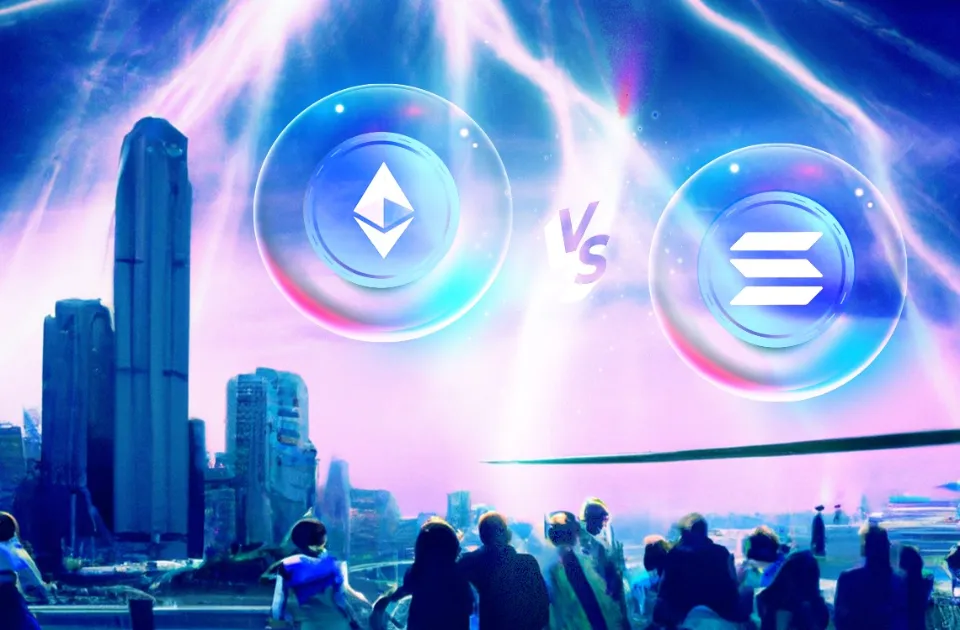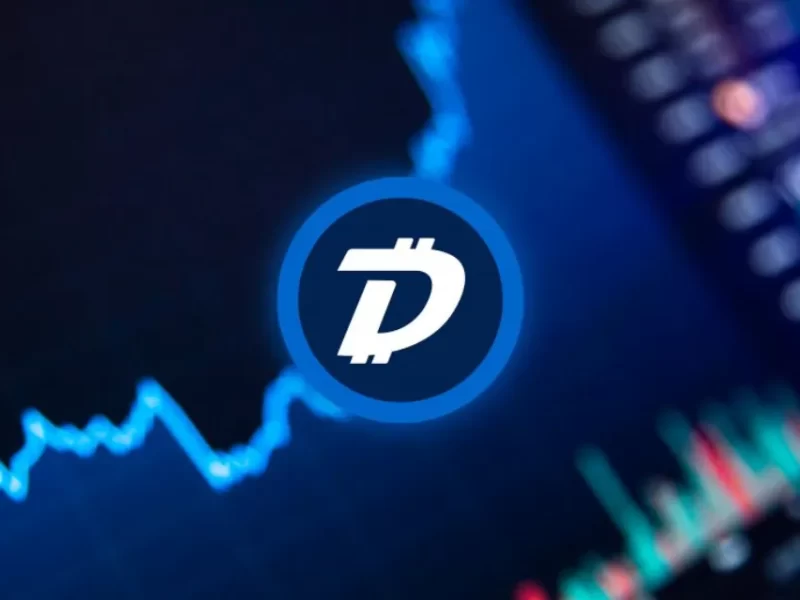Cryptocurrency has taken the world by storm in recent years, with thousands of coins and tokens available for investment. Ethereum and Solana are two of the most popular cryptocurrencies in the market, and they offer unique features that set them apart from each other. In this article, we will compare Solana vs Ethereum, discussing their history, features, advantages, and disadvantages.
History: Solana vs Ethereum
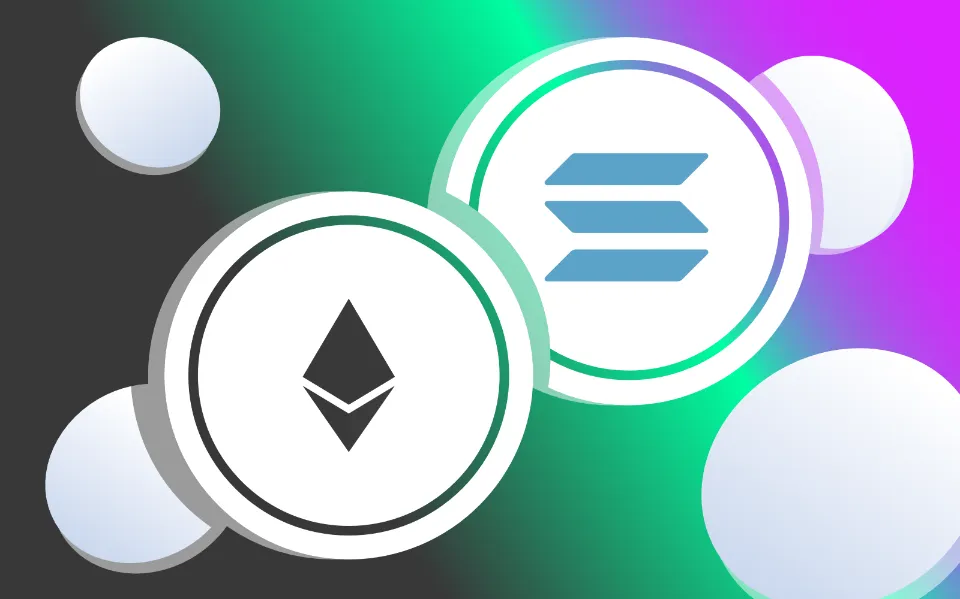
Ethereum was launched in 2015 by Vitalik Buterin as a decentralized platform for building smart contracts and decentralized applications (DApps). It has since become the second-largest cryptocurrency by market capitalization, with a market cap of over $200 billion.
Solana, on the other hand, was launched in 2020 by Anatoly Yakovenko as a high-performance blockchain that can handle large-scale decentralized applications. Despite being a relatively new entrant, Solana has quickly gained popularity, with a market cap of over $40 billion.
Features: Solana vs Ethereum
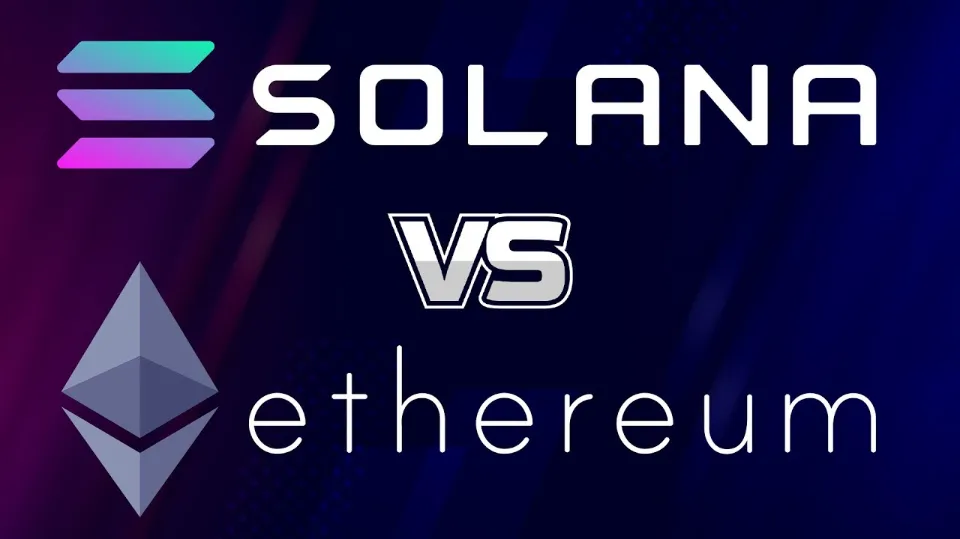
Ethereum and Solana share some common features, such as being open-source, decentralized, and using blockchain technology. However, they differ significantly in terms of their features.
Smart Contract Functionality: Solana vs Ethereum
Both Ethereum and Solana offer smart contract functionality, which allows developers to create decentralized applications that can run on the blockchain. However, Solana offers faster processing times and lower transaction fees compared to Ethereum. This is due to Solana’s unique consensus mechanism, which uses a network of validators to confirm transactions in parallel, leading to faster processing times and lower fees.
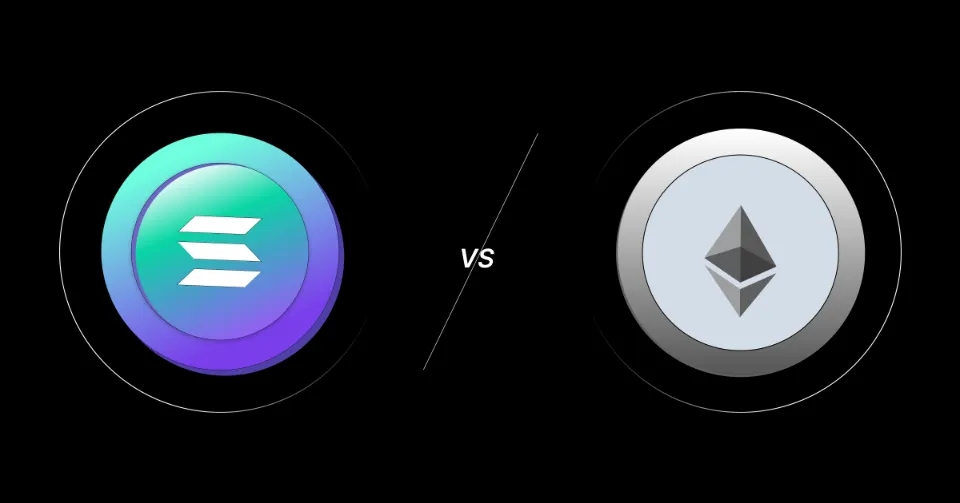
Scalability: Solana vs Ethereum
Scalability is a major issue for many blockchain platforms, including Ethereum. As the number of users and transactions on the network increases, the processing times and fees also increase, leading to slow and expensive transactions. Solana’s unique consensus mechanism and architecture allow it to scale better than Ethereum. It can handle up to 65,000 transactions per second, compared to Ethereum’s current limit of around 15 transactions per second.
Tokenomics: Solana vs Ethereum

Ethereum and Solana have different tokenomics models. Ethereum’s native currency is Ether (ETH), which is used to pay for transaction fees and to incentivize miners to process transactions. Solana’s native currency is Sol (SOL), which is used for the same purposes as ETH.
However, Solana also has a unique feature called “SOL staking,” where users can lock up their SOL tokens and earn rewards for participating in the network’s consensus mechanism. This incentivizes users to hold SOL tokens and participate in the network, which helps to secure the network and maintain its performance.
Advantages and Disadvantages of Solana vs Ethereum
Ethereum and Solana both have their advantages and disadvantages. Here are some of them:
Ethereum Pros:
- Established brand and large developer community
- Wide adoption and support from many exchanges and wallets
- Large number of existing DApps and projects built on the Ethereum network
Ethereum Cons:
- Slow processing times and high transaction fees
- Scalability issues
- Lack of governance and decision-making structure
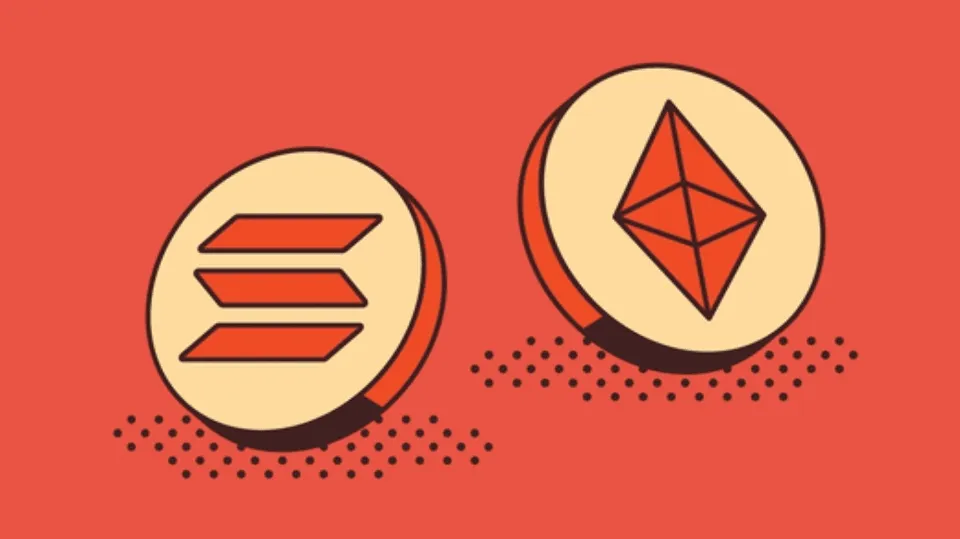
Solana Pros:
- High scalability and fast processing times
- Lower transaction fees
- Unique consensus mechanism that incentivizes participation and helps to secure the network
Solana Cons:
- Relatively new and untested compared to Ethereum
- Limited adoption and support from exchanges and wallets
- Smaller developer community and fewer existing projects built on the Solana network
Conclusion
In conclusion, Ethereum and Solana are both popular and promising cryptocurrencies with unique features that set them apart from each other. Ethereum has an established brand, wide adoption, and a large developer community, but it suffers from slow processing times and high transaction fees, as well as scalability issues. Solana, on the other hand, offers high scalability, fast processing times, and lower transaction fees.

